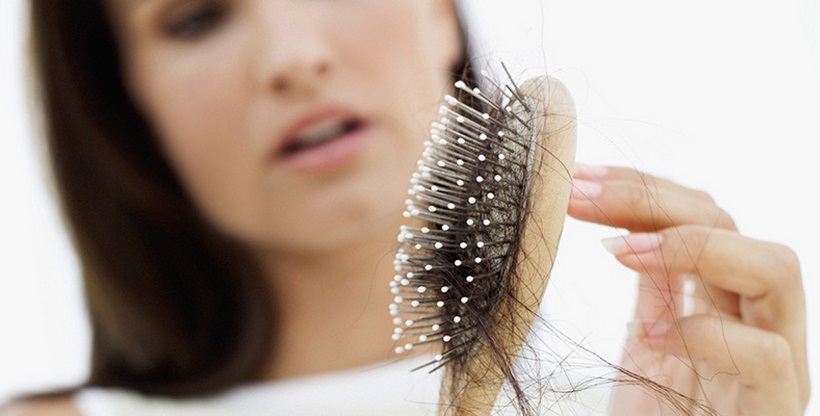The premise of the study sounds similar to the one from 2012, conducted by the Tokyo University of Science, where the results were published in Online Nature Communications. In Japan, the researchers cultivated fully functioning human hair follicles. They combined epithelial stem cells with derma papillae cells to produce a seed germ. This eventually developed into a hair follicle with real growth cycles and the ability to demonstrate the pilo erection reflex. Although created from human cells, the insertion took place within the skin of a hairless rat.
However, in the more recently published study, human skin was grafted onto the backs of mice. And these regions received aggregate clusters of derma papilla insertions. The successful growth of these hairs may have potential for hair restoration. Dr. Christiano feels that this may have promising implications for women suffering from hair loss, who cannot qualify for hair restoration procedures due to having insufficient donor follicles.
The Role of Derma Papillae Cells in hair follicle cloning
Derma Papilla cells are located at the very base of the follicle. Many people believe that they hold the key to restoring hair.
These cells carry inductive properties, with the ability to communicate to stem cells which enables them to differentiate and play more specialized roles. So exposing epithelial stem cells to derma papillae can lead to the creation of hair follicles.
Significance of 3D Aggregates of Derma Papillae
One of the challenges of developing derma papilla cultures outside the body is that they tend to lose their inductive properties. Yet, the formation of fully functioning hair follicles in rats has been quite successful, even when the DP cells were prepared in vitro prior to their insertion.
Christiano and her team took note that the derma papillae in rats tend to form clusters which helped them retain their inductive abilities. They developed a method to create capsules of these cells before introducing them to the epithelial stem tissue. In other words, the DP cells were artificially clustered together in tiny spheres as opposed to flat, two dimensional layers on a petri dish.
This strategy proved to be effective, as (white) hair successfully grew on the human skin that was grafted onto the mice.
Whereas the Tokyo study showed that follicles induced from human DP cells could survive in the skin of rats, this research from Columbia University showed that created follicles of human cells could also survive and thrive in human tissue.
With further developments, formal treatments based on these findings would certainly offer new hope to women who are in need of hair restoration.
For more information on hair cloning, click here to read more.

